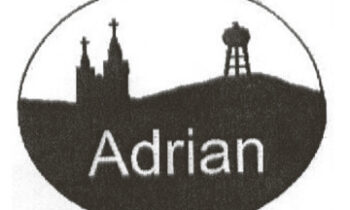By Curt Hendel
Veteran Writer
What is a minute and a half long and notoriously hard to sing? It’s the subject of March 3rd, the day to recognize our National Anthem. We hear it at the beginning of sporting events at all levels and in so many other places. Some versions on major stages do it great honor, others are purposely tanked as though The Star-Spangled Banner is a joke. But it remains, just like our Flag, a symbol of our great nation that should be respected and revered.
Many know that Francis Scott Key was inspired to write a poem that was later put to music at the Battle of Fort McHenry during the War of 1812. What is lesser known is that he and John Stuart Skinner were actually aboard enemy ships during that famous barrage. They had travelled to meet with British leaders to discuss a prisoner swap and potential peace deals and were kept captive by the British who were fearful that they had overheard battle plans. This was on September 14th, 1814.
The actual Star-Spangled Banner he spoke of in the poem was also very unique for the time. The flag flying over Fort McHenry was actually comprised of 15 stars and 15 stripes, instead of the traditional 13 stripes. This flag is still in existence today, having been restored twice.
After the battle the poem, “The Defence of Fort M’Henry” was put to the lyrics of a popular British song written by John Stafford Smith.
For the first one hundred and fifty five years of our nation’s existence we didn’t have an official National Anthem. “Hail Columbia”, “My Country, ‘Tis of Thee”, and “America the Beautiful” had all been used during the 1800’s in various ceremonies, but none were recognized as the actual National Anthem.
The Star-Spangled Banner had been gaining popularity and was officially recognized by the United States Navy in 1889. It also began to take hold in South Dakota in 1892. The Post Commander at Fort Meade, Colonel Caleb Carlton, had taken to using the song at retreat and at the close of parades and ceremonies. He lobbied South Dakota Governor Sheldon on using the song and he promised to work to spread the new customs on to the state militia.
In 1916 President Woodrow Wilson recognized the anthem, and on May 10th, 1918 Maryland Congressman John Charles Linthicum first introduced a bill to make it our official National Anthem. That bill failed, along with many more in the coming years but it became the song that wouldn’t go away. Finally on March 3rd, 1931 a Congressional Resolution was passed naming The Star-Spangled Banner as our National Anthem more than a century after it had been written and put to music.
Today our National Anthem stands alongside our Flag as some of the most recognized symbols in the world. Coming from someone that spent time overseas in the military I remember well the sound of that song at retreat every day. Looking back it was one of those things that kept my heart close to home.






